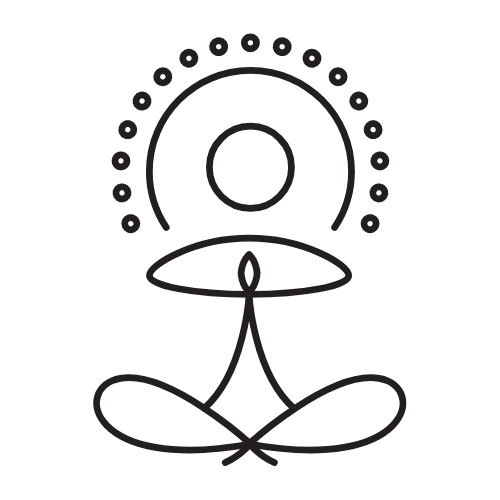From hot girl walks to cozy cardio and the 3-2-1 method, we love a new fitness trend as much as the next person. And one that’s recently taken the internet by storm is the Japanese walking method, also known as Japanese interval walking or the 3-3 walking routine.
What is the Japanese walking method?
While this style of interval walking has skyrocketed in popularity this year, the idea first originated in 2007 when a group of scientists at Japan’s Shinshu University began developing walking programs for middle-aged and older populations.
They chose to focus on walking for its practicality and low barriers to entry (after all, you don’t need fancy equipment or access to a gym to hit the pavement) and ultimately developed the 3-3 walking routine we know today.
How to do Japanese interval walking:
-
Walk for three minutes at a brisk pace. Lead scientist Dr Hiroshi Nose says your rate of perceived exertion (RPE) should be at about six or seven out of 10.
-
Walk for three minutes at a gentler pace. Your RPE should be at about four out of 10.
-
Repeat five times for a total walking time of 30 minutes.
In the original experiment, they compared a group who was doing the 3-3 method three times a week with a control group who walked at a continuous pace (about four on the exertion scale) and found the 3-3 walkers improved in everything from blood-pressure readings to aerobic fitness and leg strength.
How do you measure RPE?
If you’re unfamiliar with how to measure your rate of perceived exertion, a good way to think about it is to consider how easy or difficult you find it to talk during your workout. When you’re walking at a gentler pace, you should find it easy to carry on a conversation but as you dial up the intensity, this should become more difficult.
What are the benefits of 3-3 interval walking?
Can significant health gains really be as simple as a walk in the park? Yes! We know that walking is a great form of exercise, and its benefits include everything from helping to manage or reduce the risk of certain diseases, boosting your mood and helping to build strength and muscle.
The Australian Heart Foundation recommends 30 minutes of walking (the same time length followed in the Japanese walking routine) to start reaping the benefits.
But what about the specific benefits of 3-3 interval walking? In a 2024 follow-up study to the original 2007 experiment, the scientists evaluated VO2 peak and lifestyle-related disease scores every six months, ultimately finding that 3-3 interval walking is a benefit-packed long-term routine.
Another study supported the theory that interval walking training was effective at:
-
Improving physical fitness
-
Building strength and muscle
-
Reducing factors associated with lifestyle-related diseases, such as diabetes.
There’s so much to love about making walking part of your regular workout mix as it’s a great form of low-impact cardio that’s low cost and can be easily adapted for every fitness level.

What’s more effective: Japanese interval walking or 10,000 daily steps?
A quick Google or TikTok search of the Japanese walking method will show you plenty of people who think the Japanese interval walking routine is far more beneficial and effective than aiming for 10,000 daily steps.
Interestingly, both of these walking trends originated in Japan, but while Japanese interval walking is firmly rooted in science and research, aiming for 10,000 steps a day was actually born from a marketing campaign.
Most research has found that aiming for 5,000-8,000 steps a day is enough to reap the benefits of walking, so hitting that 10,000 step number shouldn’t be seen as the holy grail of walking metrics.
When it comes to making 3-3 interval walks part of your routine, there’s no prescribed number of steps to aim for or suggested walking speed. All you need is 30 minutes to tick this workout off your list, which might make it a more achievable goal than hitting 10,000 steps (which is roughly five miles or eight kilometres and much more time-consuming).
One of the other things we love about the 3-3 approach is the cardiovascular benefits. Dialling the intensity of your session up and down with each interval will elevate your heart rate and we know this walking method has been known to improve your VO2 max, the maximum rate at which your heart, lungs and muscles can effectively use oxygen during exercise.
Work out anywhere, anytime with YogaFokus
Ready for your first workout?
Don’t forget to log your 3-3 interval walks in the YogaFokus app
Ready to try the Japanese walking method for yourself? You can track your steps, distance and log each walking workout in the YogaFokus app. To add an interval walk, go to the Planner section of the app and hit the “+” symbol in the bottom right corner. There, you can add your session and include any notes.
The Activity section of the app is also a great place to track your progress and the metrics that matter to you. To connect the Activity tab with your phone’s health data, tap on any card (so your steps, distance, water or active calories) to launch the permissions screen and select “Allow Health Access” and select the metrics you want to see in the YogaFokus app.

